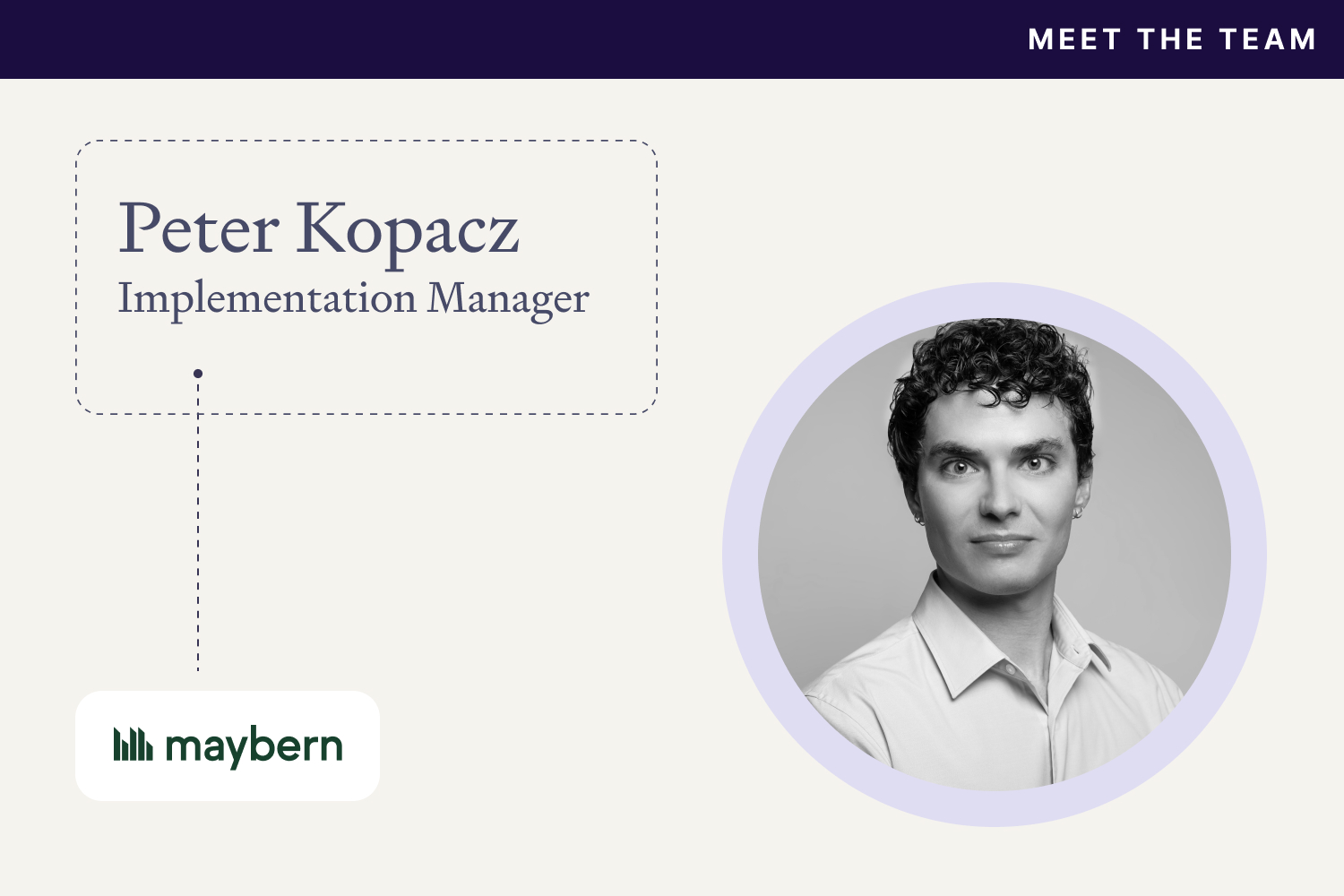.jpg)
Boosting Investor IRR: The Hidden Power of Frequent Management Fee Break Rebate Distributions
In the world of private debt and private equity, every basis point counts. Fund managers are constantly seeking ways to optimize returns for their limited partners (LPs). One often overlooked component that can significantly impact investor internal rate of return (IRR) is the timing of management fee break rebate distributions. In this post, we'll explore how more frequent fee break distributions can maximize returns for those investors with fee breaks, and how Maybern's integrated platform makes this process operationally feasible.
Understanding Management Fee Break Rebates
Before diving into the impact of distribution timing, let's clarify what management fee break rebates are. In many funds, larger LPs negotiate lower management fees, often called "fee breaks." These breaks create non-pro rata economics between LP’s that are traditionally corrected through fee break rebate distributions. The fee breaks should provide an improvement to both the profits and IRR of these larger LP’s but the IRR impact is dependent on the frequency and timing of the fee break rebate distributions. Traditionally, many funds make these rebate distributions annually or in some cases at the end of the fund's life. However, this approach might not be optimal for maximizing returns for investors with fee breaks.
The Impact of Distribution Timing on Investor IRR
Consider two scenarios:

Let's Illustrate with a Simple Example:
Assume a $1 billion, 8-year fund with a $100 million commitment from a large LP that negotiated a 0.5% fee break on a 2.0% management fee. This results in an annual fee break of $500,000 during the commitment period with the annual fee break amount decreasing as the management fee base is reduced by asset sales over the life of the fund.

While the total distributed is the same, the 29 basis points difference in IRR impact between these scenarios can be substantial. By distributing the fee break rebates annually, the fund manager provides capital back to the LP earlier, reducing the LP’s risk and boosting their net IRR. This early return of capital can result in a 25-30 basis point improvement in the LP’s overall net IRR.
Firms that distribute quarterly—such as real estate funds—could realize even greater IRR enhancements with more frequent fee break rebate distributions.
Why It Matters: The Compounding Effect
A 25-30 basis point improvement in IRR might not seem significant at first glance, but in the world of institutional investing, it can make a substantial difference:
- Competitive Advantage: In a crowded market, even small improvements in IRR can set a fund apart from its peers.
- Investor Satisfaction: LPs appreciate managers who actively seek ways to optimize returns, potentially leading to easier fundraising for future funds.
- Compounding Returns: With LPs receiving capital back sooner, funds can be re-invested more quickly into new investment vehicles rather than being locked up until end-of-fund.
- Risk Reduction: Earlier distributions reduce the overall risk for LPs, as they have less capital at risk in the fund over time.
- Avoiding End-of-Life Pitfalls: More frequent distributions can help GPs avoid scrutiny at fund close over non-pro rata payments, which could require additional capital from full-fee investors.
Operational Challenges of Frequent Distributions
If the benefits are so clear, why don't all funds distribute fee break rebates more frequently? The answer often lies in operational complexity and liquidity management:

How Maybern's Integrated Platform Enables Frequent Distributions
This is where Maybern's integrated fund management platform comes into play. By addressing the operational challenges head-on, Maybern makes it feasible for fund managers to implement more frequent fee break rebate distributions:
- Automated Calculations: Maybern's engine continuously tracks all relevant inputs, automatically calculating fee break rebates in real time. This eliminates the need for manual calculations and reduces the risk of errors.
- Cash Flow Forecasting: The platform provides accurate cash flow projections, helping managers plan for distributions without compromising the fund's liquidity.
- Customizable Reporting: Maybern generates clear, customized reports for each LP, detailing their fee break rebates and the impact on their returns.
- Audit Trail and Compliance: Every calculation and distribution is logged and easily traceable, simplifying the audit process and ensuring compliance with fund agreements.
- Scalability: Whether you're managing one fund or twenty, Maybern's platform scales seamlessly, handling complex distribution scenarios across multiple funds and LPs.
- Integration with Existing Systems: Maybern's platform integrates with other financial systems, including your general ledger and investor portal, ensuring data consistency across your entire operation.
Implementing a More Frequent Distribution Strategy
For fund managers considering a shift to more frequent fee break rebate distributions, here are some steps to consider:
![[Step 1] Liquidity Assessment; [Step2] Assess Operational Readiness; [Step 3] Communicate with LPs; [Step 4] Implement Robust Technology; [Step 5] Monitor and Adjust](https://cdn.prod.website-files.com/649c8fb8964f3f59b7f03510/67c5ed3437be741b448fed17_Screenshot%202025-03-03%20at%2012.55.54%20PM.png)
Conclusion
In an industry where every basis point matters, the timing of management fee break rebate distributions represents a significant opportunity for fund managers to maximize the benefits for investors with fee breaks. By leveraging advanced technology like Maybern's integrated platform, managers can overcome the operational hurdles associated with frequent fee break rebate distributions, providing a meaningful boost to their LPs' IRRs.
As competition in the private equity and private debt space intensifies, strategies that optimize investor returns while demonstrating operational excellence will become increasingly crucial. By embracing more frequent fee break rebate distributions, fund managers can differentiate themselves, enhance investor satisfaction, and potentially improve their fundraising prospects for future funds.
The key lies in having the right tools and systems in place. With Maybern's integrated platform, fund managers can turn this IRR-boosting strategy from a complex operational challenge into a seamless part of their fund management process, delivering tangible value to their investors and setting their funds apart in a crowded market.
Recommended Content

How Maybern Empowers Fund CFOs to Meet ILPA Principles

Meeting the Growing Demands of In-Flight LP Information Requests: Why Traditional Approaches No Longer Work

